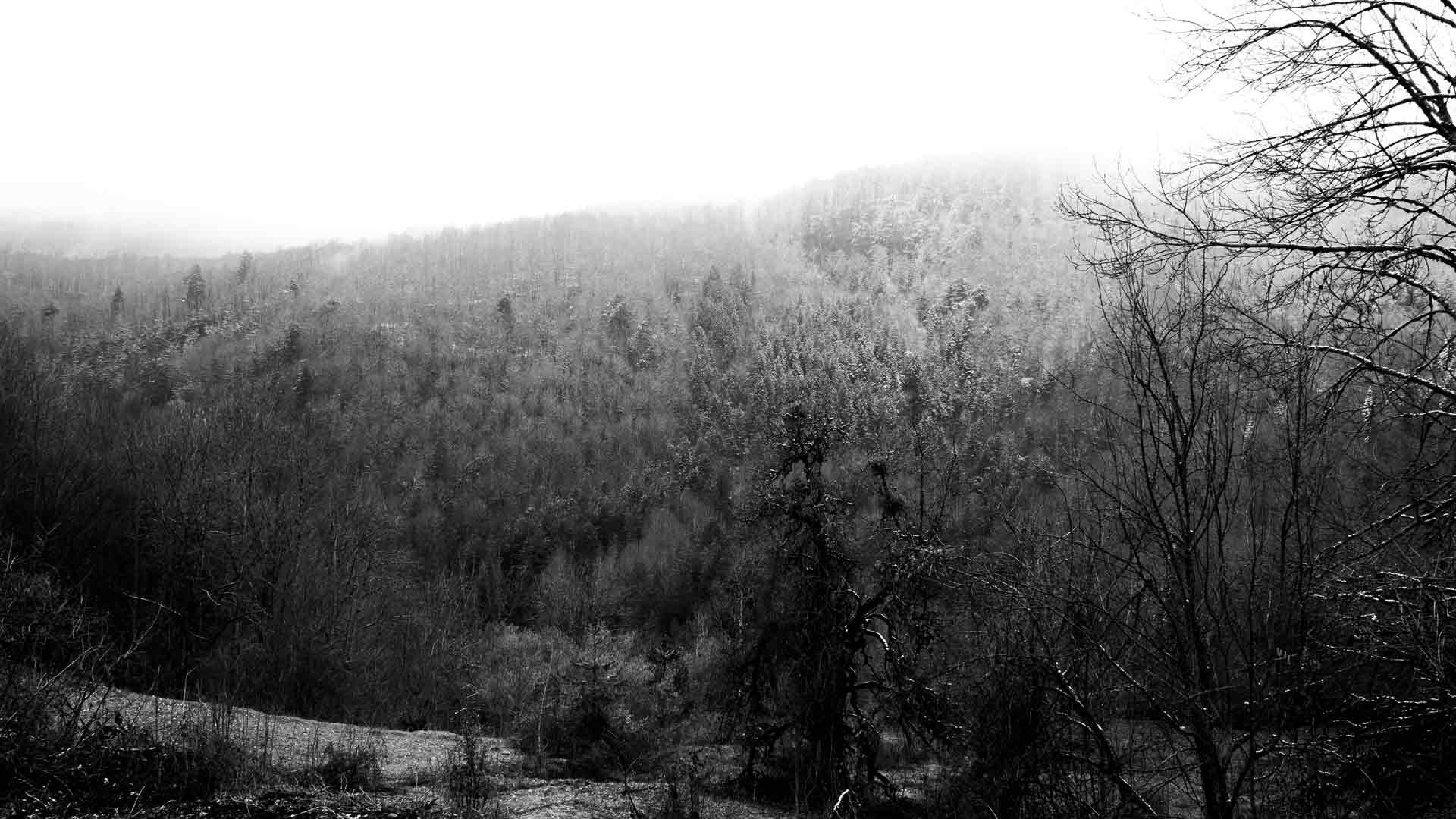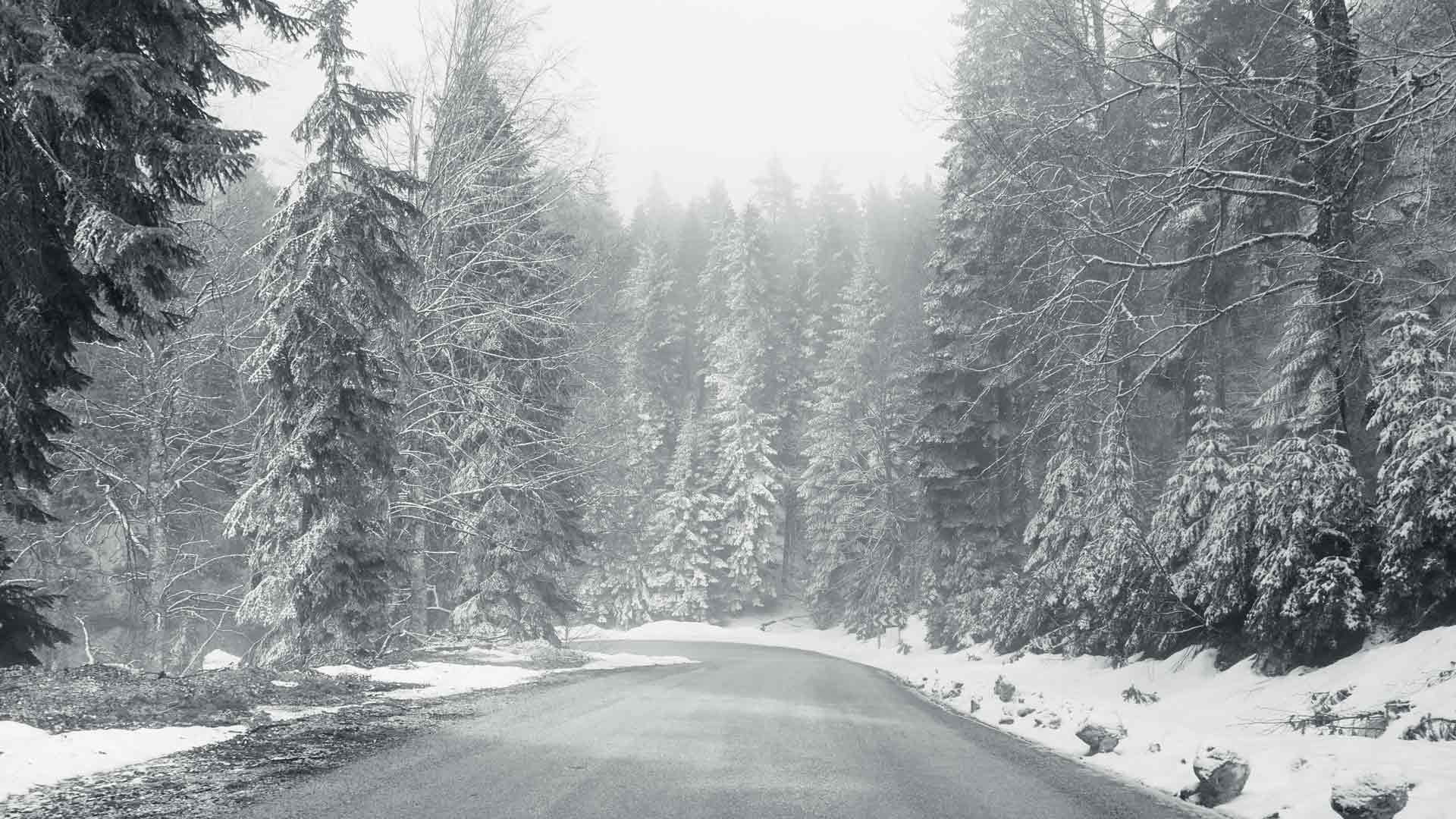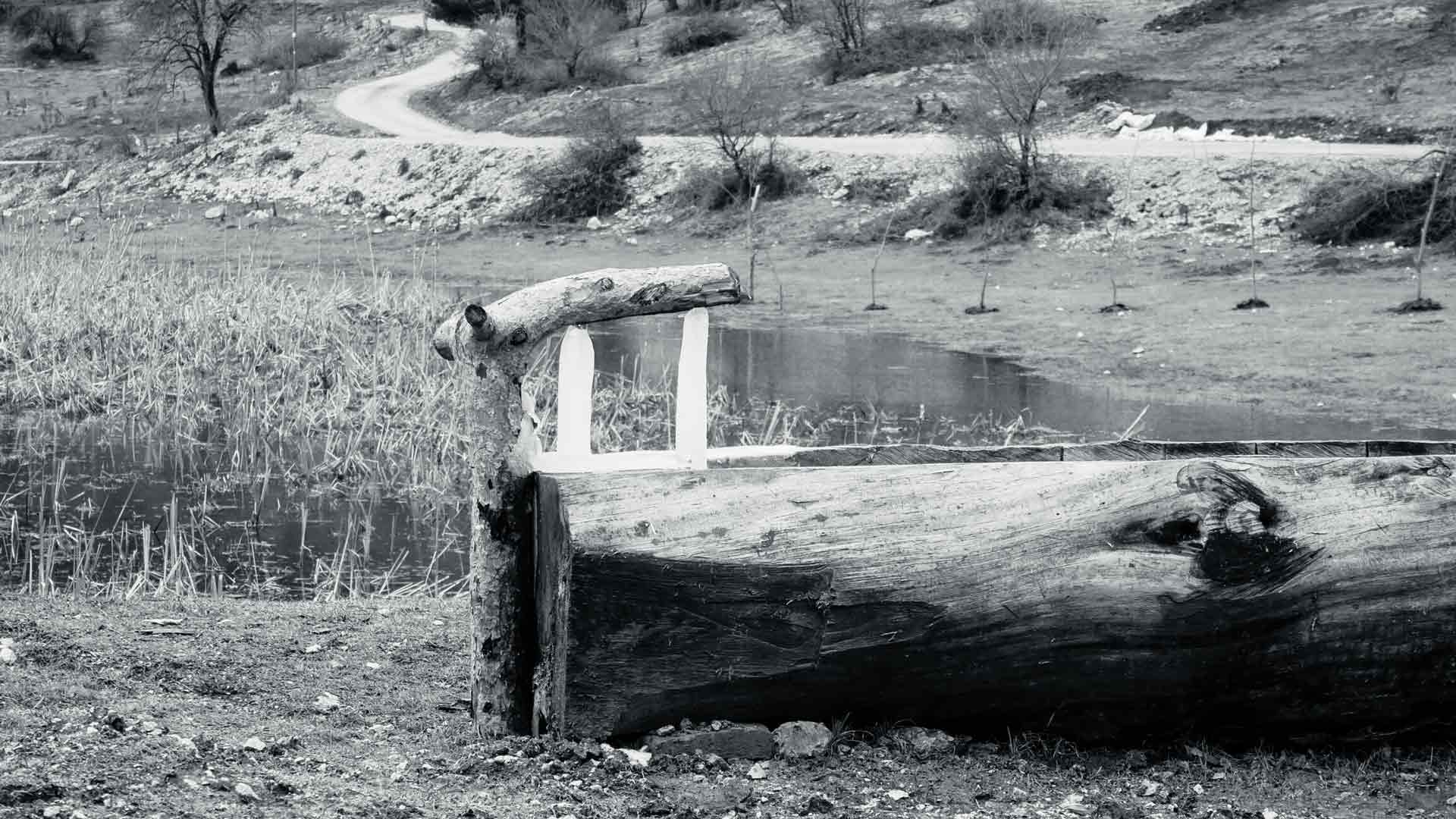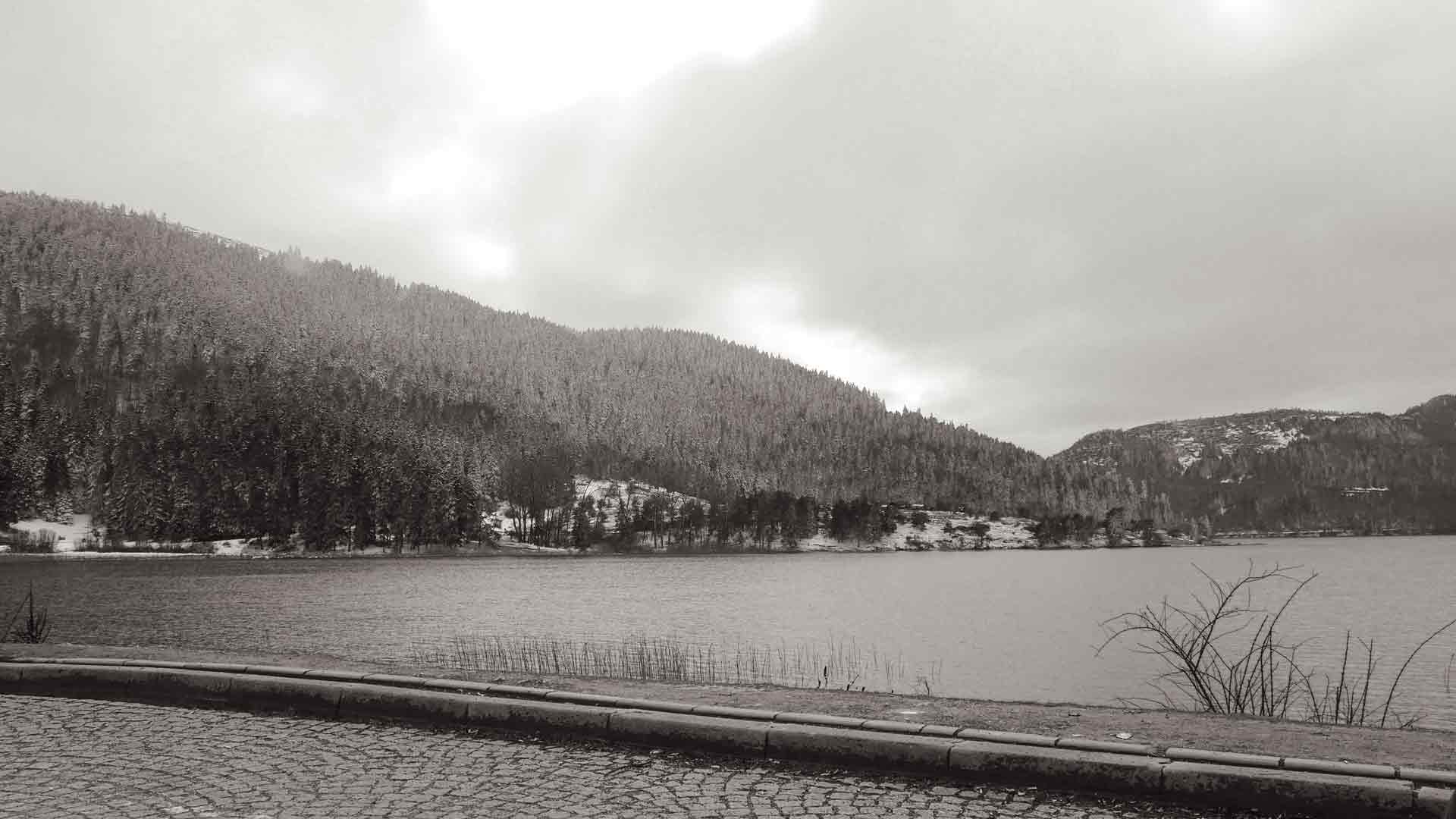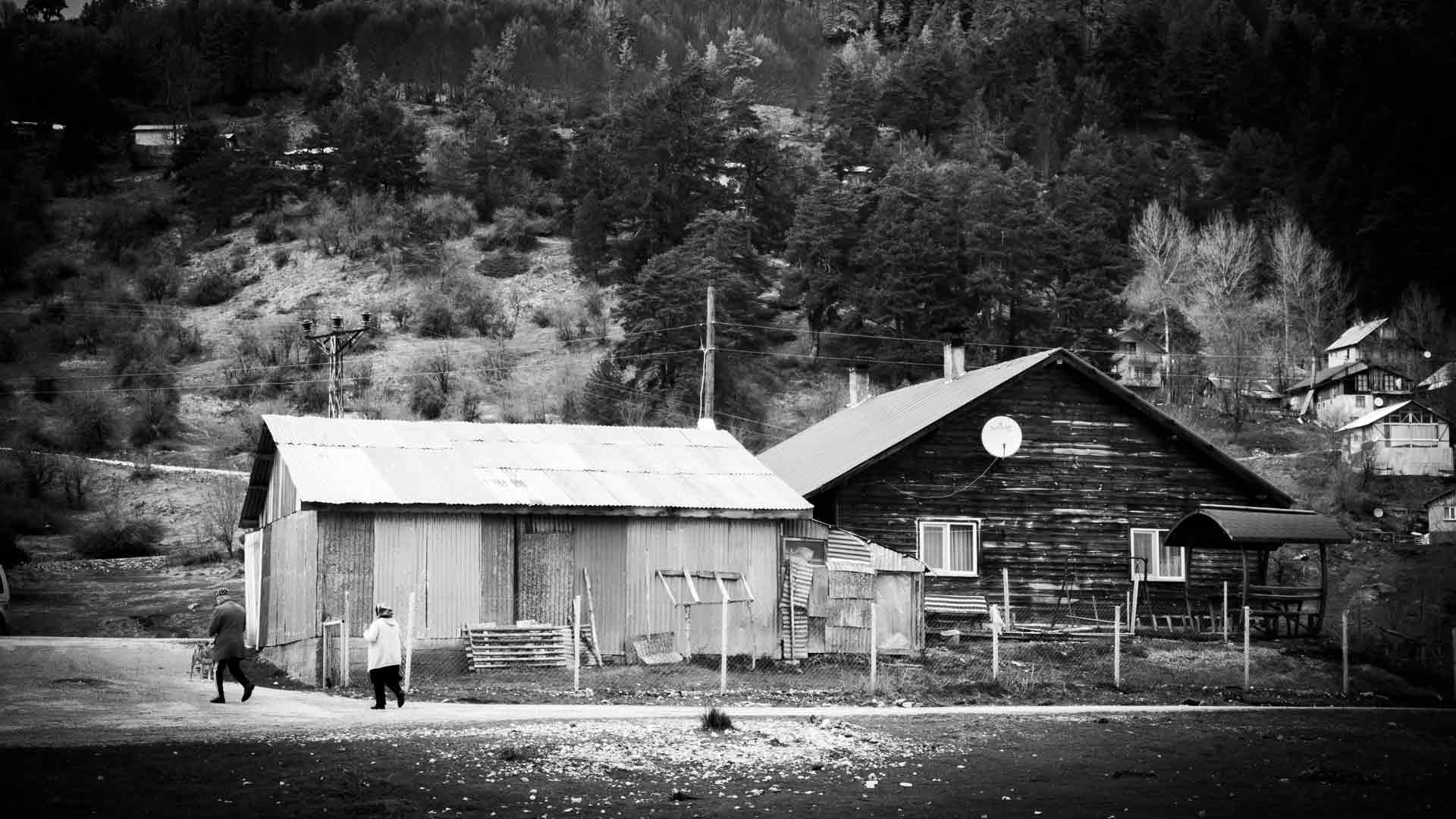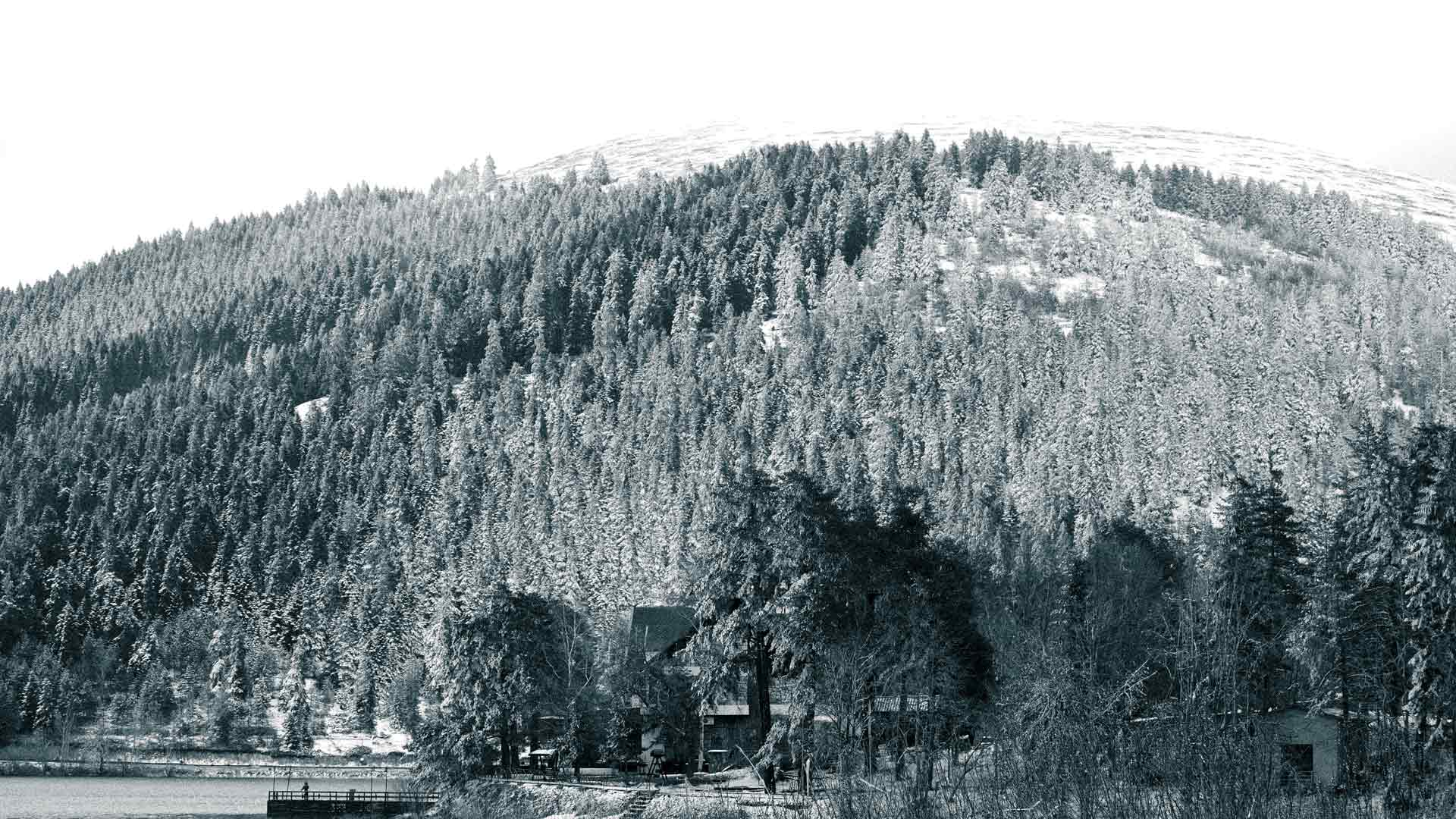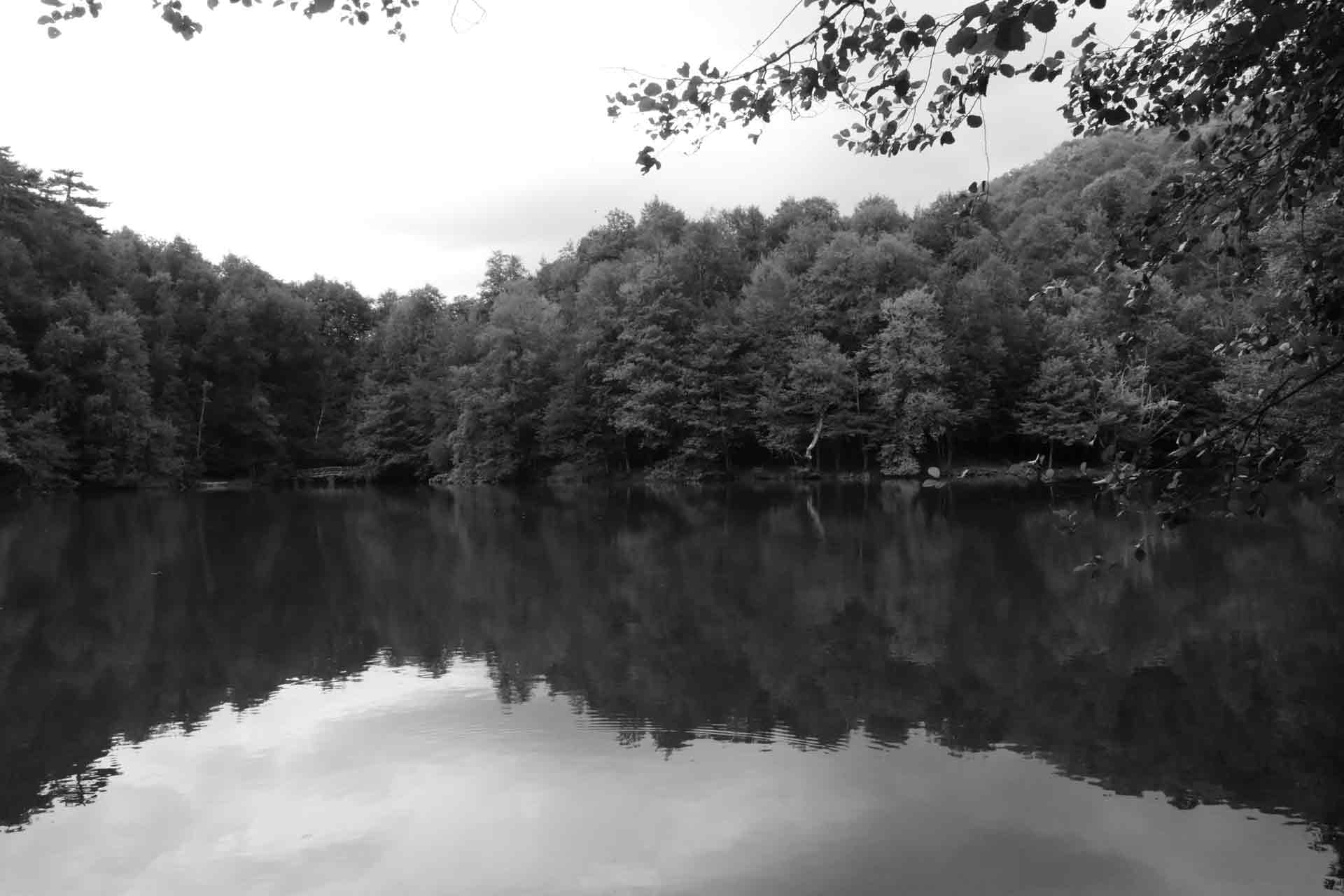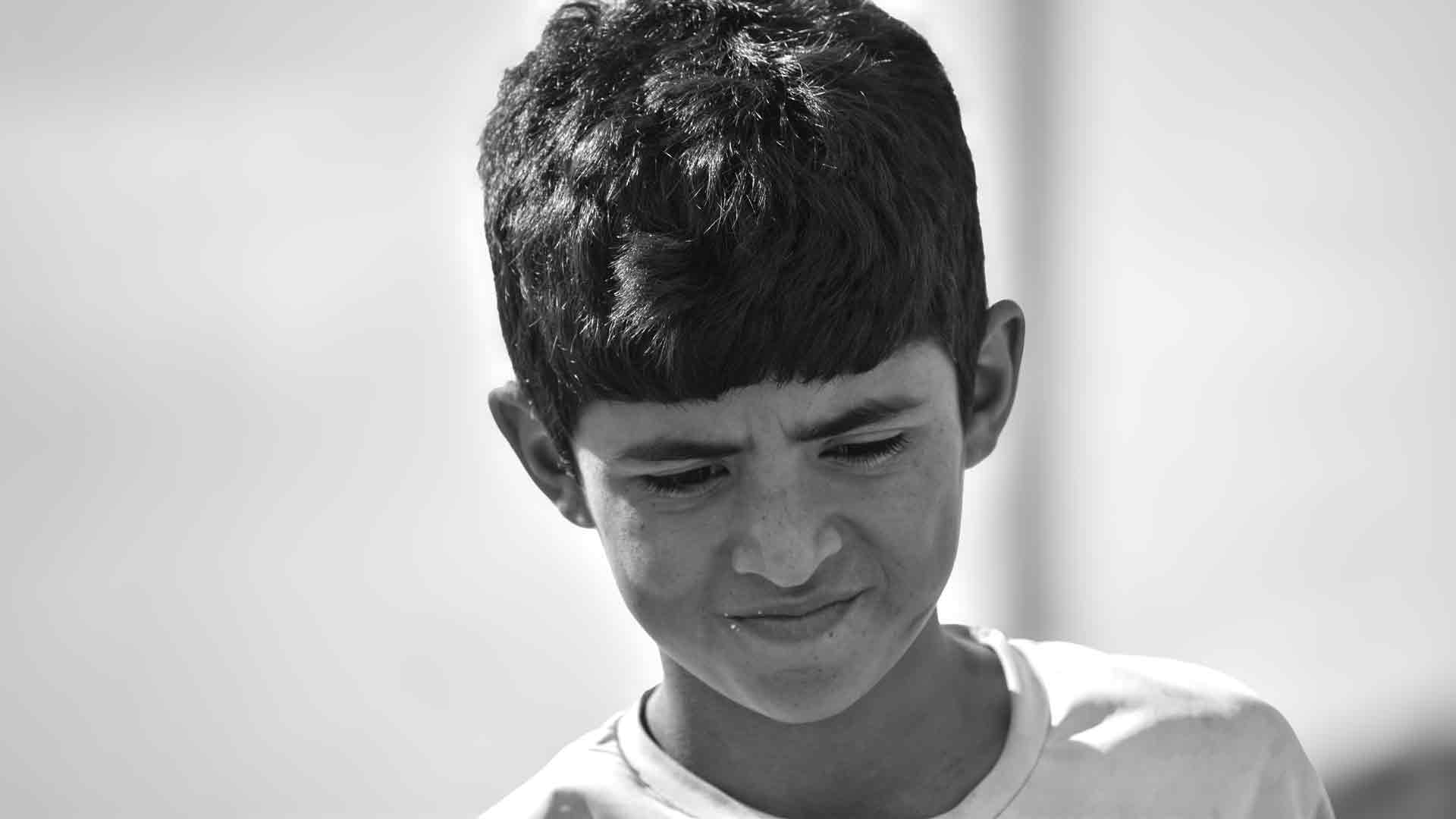Black and white photography is a timeless art form that emphasizes light, shadow, texture, and composition. Let’s delve into the world of monochrome photography.
Understanding the Basics
* Focus on Essentials: Without color, you’ll concentrate on light, shadow, contrast, and texture.
* Emotional Depth: Black and white often evokes strong emotions and a sense of nostalgia.
* Classic Aesthetic: This style is timeless and universally appreciated.
Tips for Capturing Great Black and White Photos
* Choose Your Subject Wisely: Look for subjects with strong contrasts in tone or texture.
* Master the Light: Light is crucial. Experiment with different lighting conditions for dramatic effects.
* Embrace Contrast: Strong contrast between blacks and whites creates visual impact.
* Highlight Texture: Black and white photography accentuates textures.
* Perfect Your Composition: Strong composition is essential for any photograph.
* Post-Processing: Enhance your images with editing software to adjust contrast, tones, and clarity.
* Experiment: Don’t be afraid to try different techniques and styles.
Subjects for Black and White Photography
* Nature: Landscapes, trees, water, and wildlife.
* People: Portraits, street photography, and candid shots.
* Architecture: Buildings, structures, and urban landscapes.
* Abstract: Focus on shapes, patterns, and textures.
Essential Gear and Techniques
* Camera: Any camera can be used, but a DSLR or mirrorless camera offers more control.
* Lenses: Prime lenses often produce sharper images.
* Filters: Traditionally used in film photography, they can still be useful for digital cameras.
* Post-Processing Software: Adobe Lightroom and Photoshop are popular choices.
Tips for Post-Processing
* Convert to Black and White: Most editing software allows you to convert color images to black and white.
* Adjust Contrast: Increase contrast for a dramatic look.
* Play with Tones: Experiment with different tonal ranges.
* Add Grain: For a film-like appearance.
* Selective Adjustments: Use tools to target specific areas of the image.
Inspiration and Learning
* Online Tutorials: YouTube and photography websites offer countless tutorials.
* Photography Books: Explore the works of renowned black and white photographers.
* Photography Communities: Join online forums or local clubs to share knowledge and get feedback.
Remember: The key to great black and white photography is practice and experimentation. Don’t be afraid to step out of your comfort zone and explore different styles.
23 October 2024
